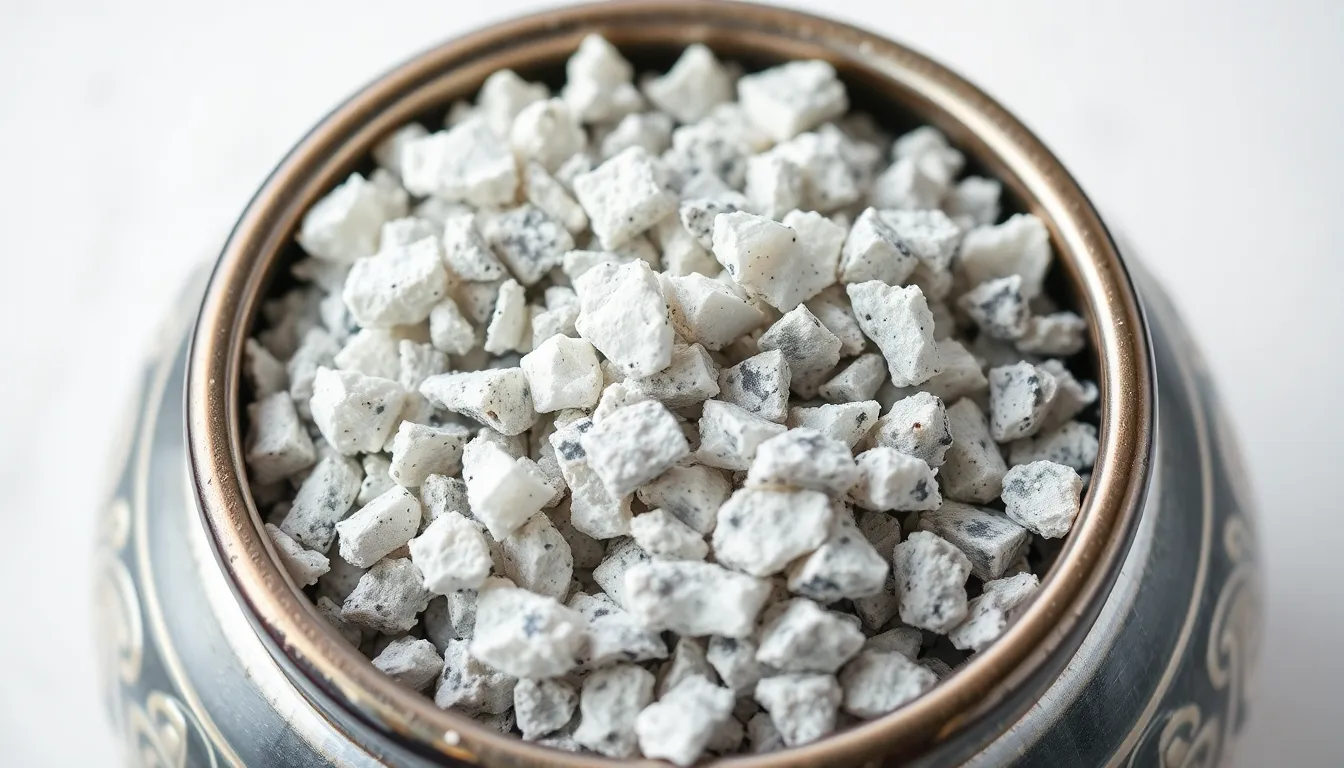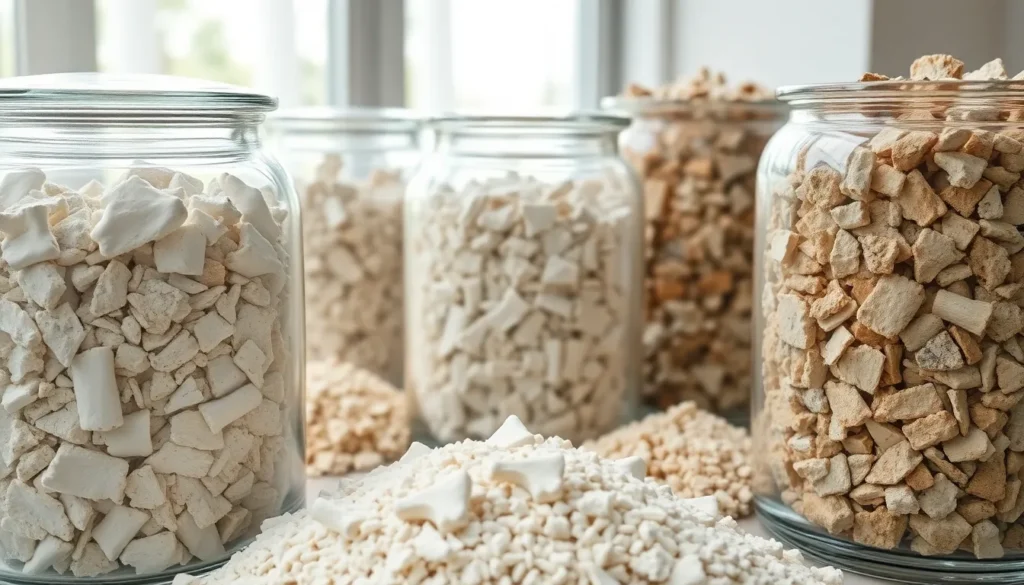When it comes to human ashes, most people picture a dusty gray powder that’s about as exciting as watching paint dry. But hold on—there’s more to the story! The truth is, human ashes can vary in appearance, and understanding this can be surprisingly fascinating.
Table of Contents
ToggleUnderstanding Human Ashes
Human ashes, often seen as a simple gray powder, actually exhibit a range of characteristics. Variations in appearance can depend on the cremation process and the individual.
The Process of Cremation
Cremation involves intense heat reaching up to 2,000 degrees Fahrenheit. This heat reduces the body to bone fragments and ashes within a few hours. During the process, soft tissues evaporate while bone structures break down. Afterward, operators collect the remains and process them into a fine powder. Factors such as the type of cremation chamber and duration significantly influence the final appearance.
The Composition of Ashes
Ashes primarily consist of minerals, along with calcium phosphates, potassium, and sodium. While bone fragments exist, the final product is predominantly a powdered form. Elements like carbon and hydrogen may also be present, lending variation to the color. Sample ashes may range from white to gray or even beige, depending on individual factors, including diet and age. The combination of these elements creates distinct textures and hues in the final product.
Physical Appearance of Human Ashes

Human ashes exhibit a range of characteristics that set them apart from the common perception of a dull substance. Variations occur based on multiple factors, including the cremation process and individual differences.
Color and Texture
Human ashes typically range in color from stark white to light gray or even shades of brown. The specific hue often depends on the cremation technique used and the individual’s biological makeup. Some ashes might retain darker flecks, reflecting remnants of organic materials. Texture also varies, with some ashes appearing smooth and fine, while others might display a more grainy quality. Individual factors, such as diet or health, play prominent roles in influencing these variations.
Size and Granularity
Size and granularity of ashes can differ significantly. Cremated remains usually consist of fragments, commonly around 1 to 5 millimeters in diameter. This granular nature often results from the intense heat of the cremation process, which reduces bones to smaller pieces. Occasionally, small bone fragments remain intact, contributing to the overall mixture. Granularity may impact how ashes feel when handled, with some appearing coarser than others. Individual factors also contribute to the final size, making each set of ashes unique.
Factors Influencing Ash Appearance
Variability exists in the appearance of human ashes based on several factors. Understanding these influences helps clarify why ashes can look different.
Individual Characteristics
Individual factors significantly shape the appearance of ashes. Genetic makeup plays a role, contributing to variations in color and texture. Diet influences mineral content as well, leading to unique hues and densities. Age impacts the composition of tissues, affecting how ashes manifest after cremation. Thus, two individuals can yield distinctly different remains despite undergoing similar cremation processes.
Cremation Methods
Cremation methods also determine the final appearance of ashes. Differences in cremation chambers, heat intensity, and duration directly affect the ash’s color and texture. For example, a more prolonged process can produce finer ashes, while a faster method may leave larger bone fragments intact. The choice between traditional and alternative cremation techniques can lead to variations in the overall appearance of the remains. Overall, these methods contribute to the individualized look of the ashes.
Common Misconceptions About Human Ashes
Misconceptions about human ashes abound, often leading to misunderstandings. Awareness of these myths and truths clarifies what human ashes truly are.
Myths vs. Reality
Many believe human ashes resemble a uniform, fine powder. In reality, variations in texture and size exist. Ashes can appear smooth or grainy, with fragments typically measuring 1 to 5 millimeters. Some small bone pieces often remain intact, showcasing individuality. Additionally, color reflects a broader spectrum, ranging from stark white to shades of gray or brown, depending on several factors like diet and the cremation process. These distinctions highlight the unique nature of each individual’s cremated remains.
Cultural Perspectives
Cultural views significantly influence perceptions of human ashes. In various traditions, ashes symbolize different beliefs and practices. For instance, some cultures consider them sacred, while others integrate them into rituals like scattering or burial. These practices reflect diverse philosophies surrounding death and remembrance. Further diversity emerges when families choose to display ashes in decorative urns or memorial items. This choice honors the deceased’s life while respecting cultural values associated with cremation and ashes. Understanding these perspectives enriches the conversation about human ashes and their significance across cultures.
Human ashes reveal a fascinating complexity that challenges the typical perception of a uniform powder. The variations in color texture and size reflect not only the cremation process but also individual characteristics. Each set of ashes tells a unique story shaped by genetic makeup diet and age.
Understanding these nuances enriches the perspective on cremated remains offering deeper insights into their significance. Cultural practices surrounding ashes further highlight the diverse meanings attributed to them across different societies. By appreciating the individuality of human ashes one can foster a more profound connection to the memories and legacies they represent.









